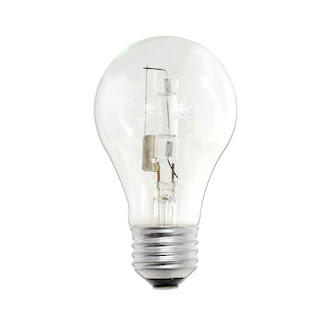But then there is the case against farmed salmon which gets stronger and stronger everyday. Farmed salmon have made it easier and cheaper for families to have access to the fish that is often recommended for its healthy benefits. Where twenty years ago having salmon for dinner could be pretty pricey, you can now go to places like Wal-Mart and get salmon at prices barely more than that of chicken or beef. The problem though is that farmed salmon often live in cramped spaces where their waste creates deadspots in our seas. Plus salmon are not vegetarian fish like catfish and sustaining in large quantities often results in the culling large quantities of other species of wild fish.
 Now evidence shows that sea lice that normally would not be able to survive on wild salmon but can flourish in the environment created by some farm fishing are putting our wild salmon in danger. Previously it had been believed that farmed fish posed no risk to their wild cousins and those who said otherwise were mostly paranoid environmentalists. Sadly there have been flaws found in one of the bigger studies into the effect farmed fish have on wild fish.
Now evidence shows that sea lice that normally would not be able to survive on wild salmon but can flourish in the environment created by some farm fishing are putting our wild salmon in danger. Previously it had been believed that farmed fish posed no risk to their wild cousins and those who said otherwise were mostly paranoid environmentalists. Sadly there have been flaws found in one of the bigger studies into the effect farmed fish have on wild fish.Go to the Monterey Bay Aquarium site where you can find information on how to make a better choice when choosing what seafood to eat. And remember to try and avoid farmed salmon.






















